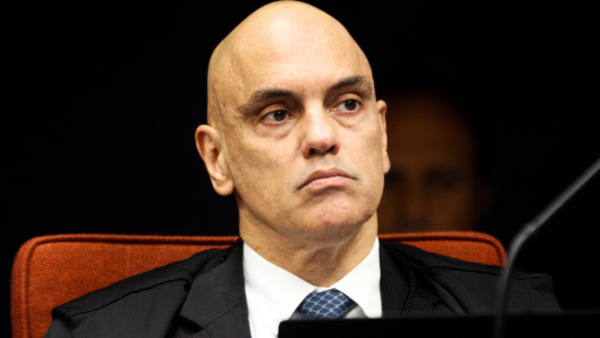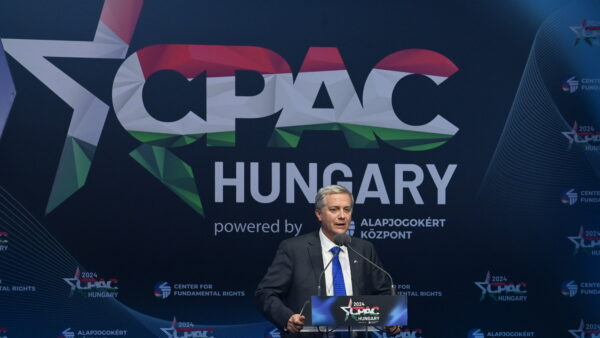President Luiz Inácio Lula da Silva has admitted that his administration will not present Congress with a proposal for a new fiscal anchor until after his China trip, scheduled for March 25-31.
The proposal aims to replace the current federal spending cap, which only allows the government to raise its budget from one year to the next according to the official inflation rate. Since its introduction in 2016, the cap has been relentlessly bashed by the Workers’ Party. In his inauguration speech, Lula called the cap “stupid” and promised to repeal it.
In an interview with a left-wing blog, the president said the new fiscal anchor being drafted by Finance Minister Fernando Haddad’s team is “mature” but requires “further discussion.” “Why can’t it be before we return [from China]? We will leave on Saturday. [Mr.] Haddad cannot announce the proposal and then leave. That would be strange,” Lula said.
The government is at loggerheads over the anchor. Mr. Haddad wants a framework that gives credibility to the administration, but his efforts have been thwarted by members of the Workers’ Party, of all people. Gleisi Hoffmann, the party’s chair, defended over the weekend increasing public spending to allow the government to stimulate growth, amid growing signs of economic deceleration.
Vice President Geraldo Alckmin, an establishment conservative, said yesterday that the new rule will be based on a tripod consisting of keeping the debt curve under control, ensuring primary surpluses, and controlling public spending. The plan reportedly includes a trigger to curb spending (notably on civil servants’ wages or subsidies) if public debt rises.
Mr. Haddad presented the main points to the heads of the House and the Senate on Monday — and House Speaker Arthur Lira decided he would no longer accompany the presidential entourage to negotiate support for the plan with federal lawmakers.
As the spending cap is enshrined in the Constitution, the government will have to muster the support of 60 percent of lawmakers (over two rounds of voting in each congressional chamber) in order to repeal it. It will be a litmus test for the new government’s coalition, the strength of which remains unknown.


 Search
Search










































